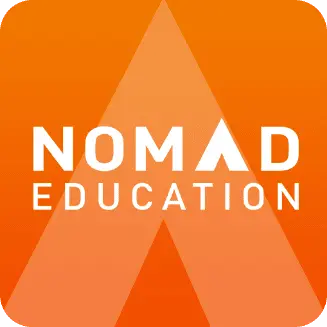J’exprime correctement une préférence (preference)
Pour exprimer une préférence, j’utilise les structures suivantes :
- Subject + prefer + noun (+ to + noun)
- Subject + prefer + gerund (+ to + gerund)
- Subject + prefer + infinitive (+ rather than + bare infinitive)
- Subject + would like + noun (+ rather than + noun)
- Subject + would like + infinitive (+ rather than + bare infinitive)
- Subject + would prefer + infinitive (+ rather than + bare infinitive)
- Subject + would rather/sooner + bare infinitive (+ than + bare infinitive
- Subject + would rather/sooner + subject + Preterit’
Example: I prefer English to Spanish.
I prefer reading to chatting on social media.
We would like to drink some coffee.
They would prefer to spend the night rather than travel in the rain.
I would rather attend the meeting.
She would sooner go back home now than stay here.
We would rather the president came here.
J’exprime correctement une probabilité (probability)
Pour exprimer une probabilité, j’utilise les structures suivantes :
1. Present or Future Probability:
- Subject + may + base form
- Subject + might + base form
- Subject + will + base form
- Using the adverbs of probability with the present or future tense (Probably, perhaps, Maybe, likely, unlikely)
Example: I may call you tomorrow.
It might rain next week.
We will pass the exam.
The police will probably catch the murderer.
Maybe, she will travel by train.
They will likely join us.
Perhaps the teacher is ill.
2. Past probability:
- Subject + may + have + past participle
- Subject + might + have + past participle
- Using the adverbs of frequency with a past tense
Example: She may have forgotten to call you.
They might have had a serious problem.
He probably arrived late there.
The driver was likely tired.


